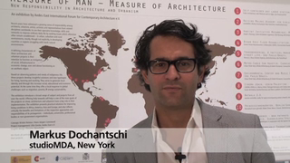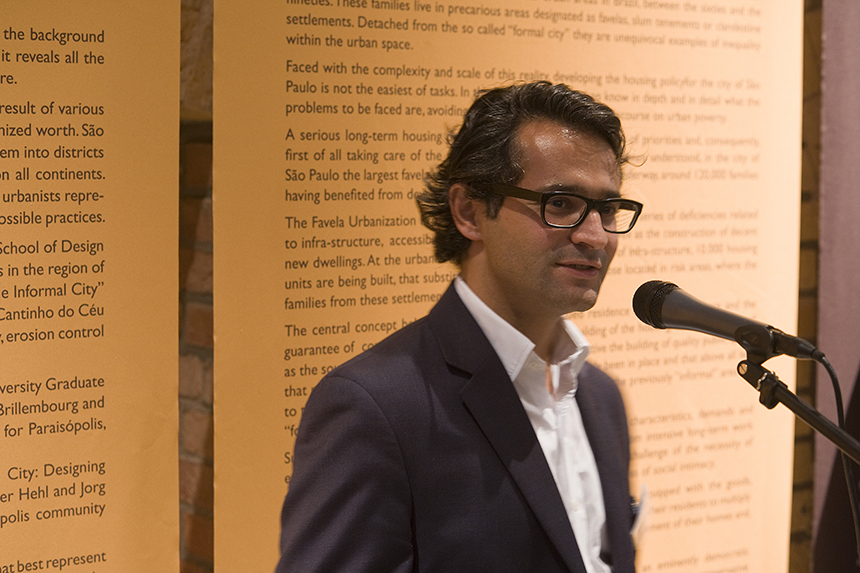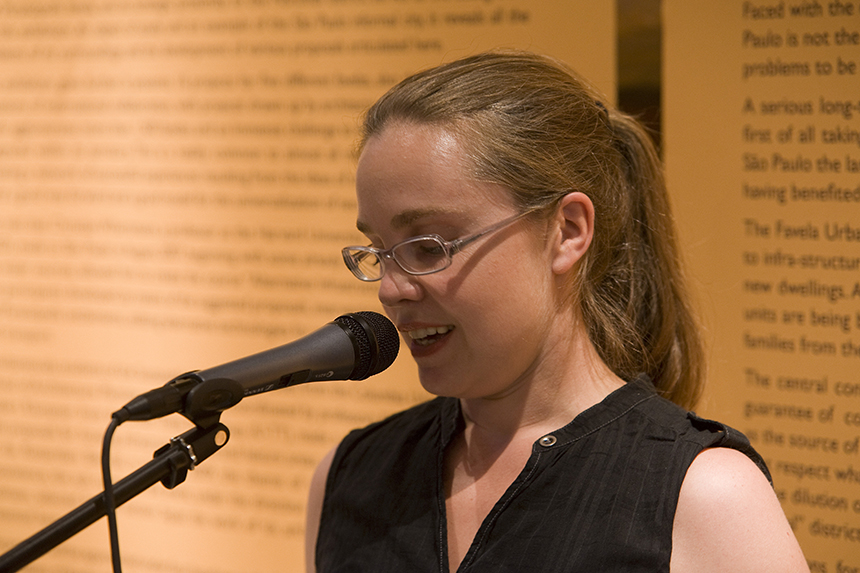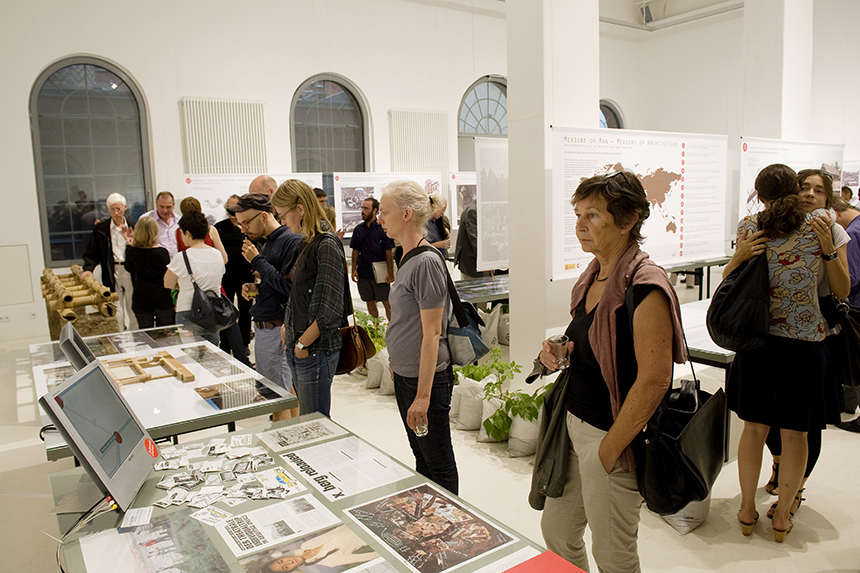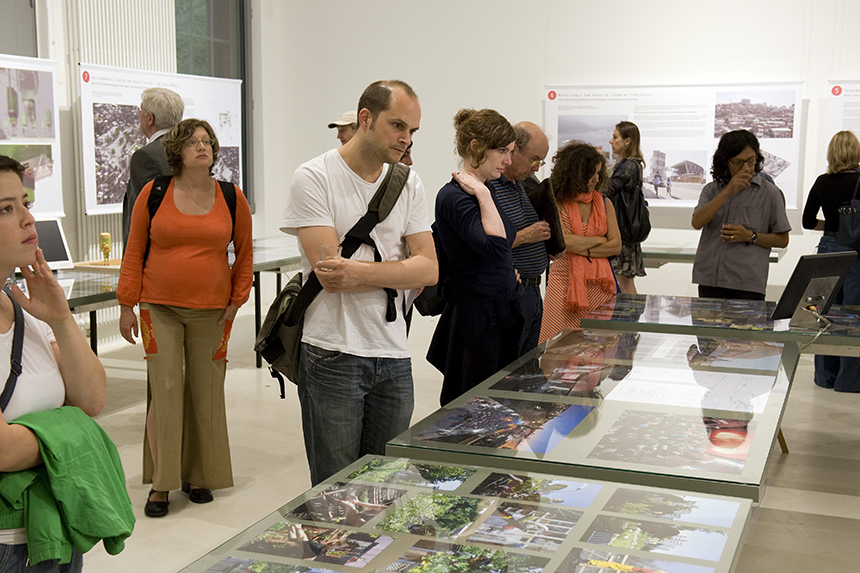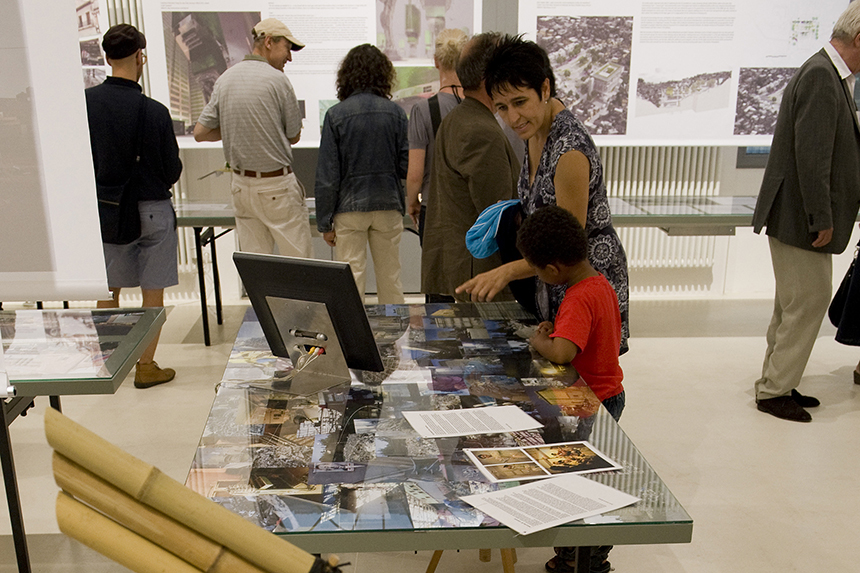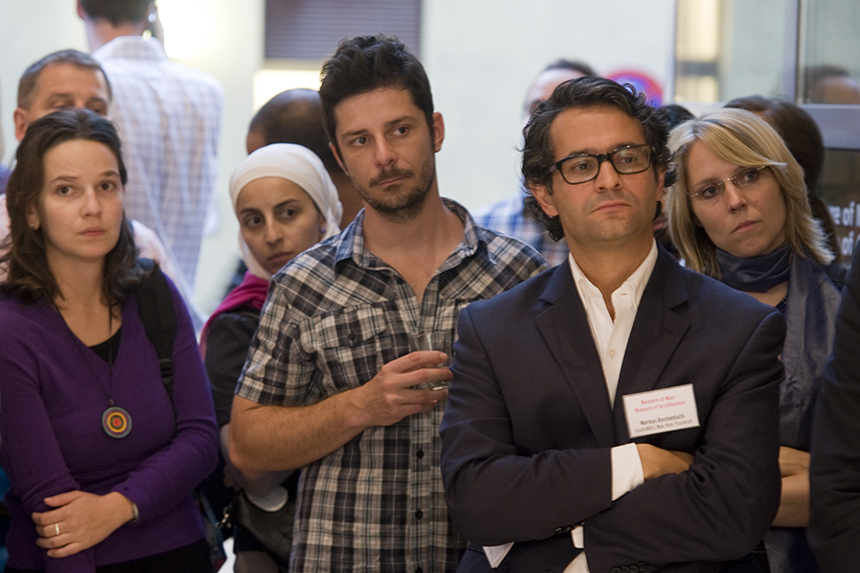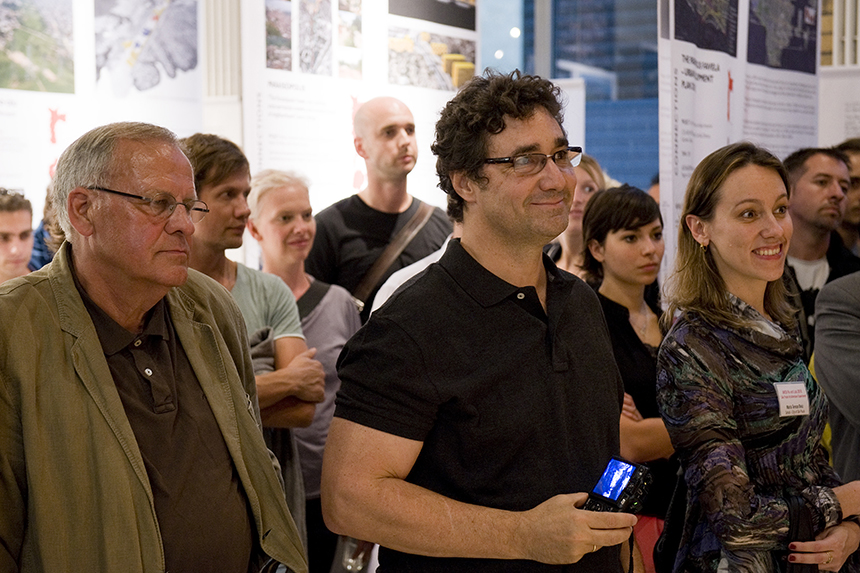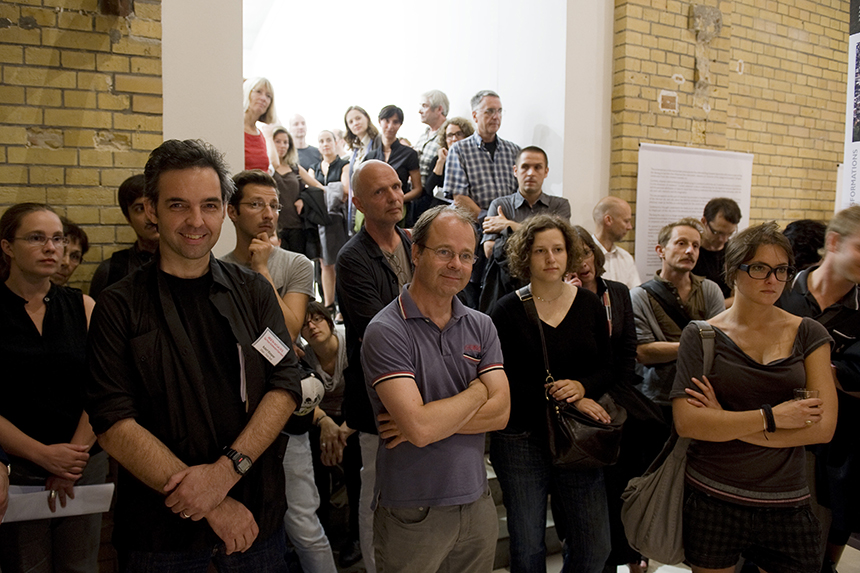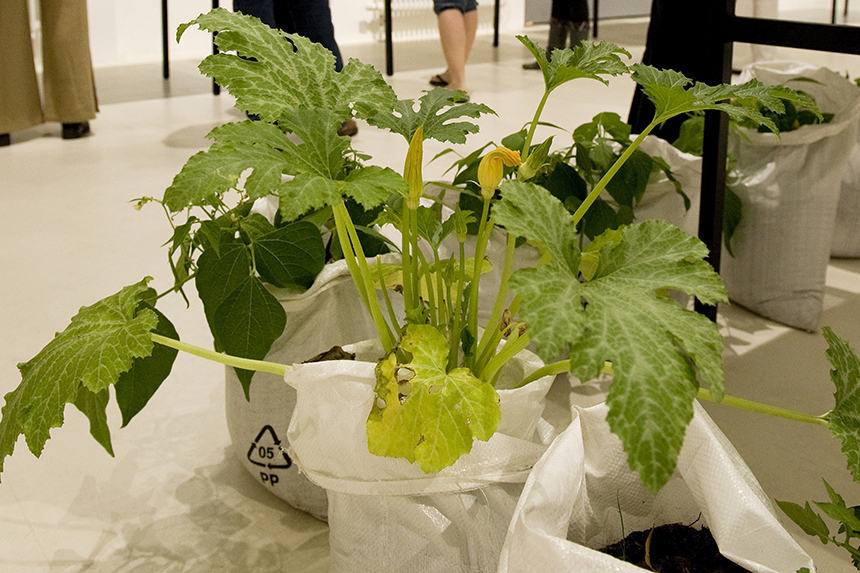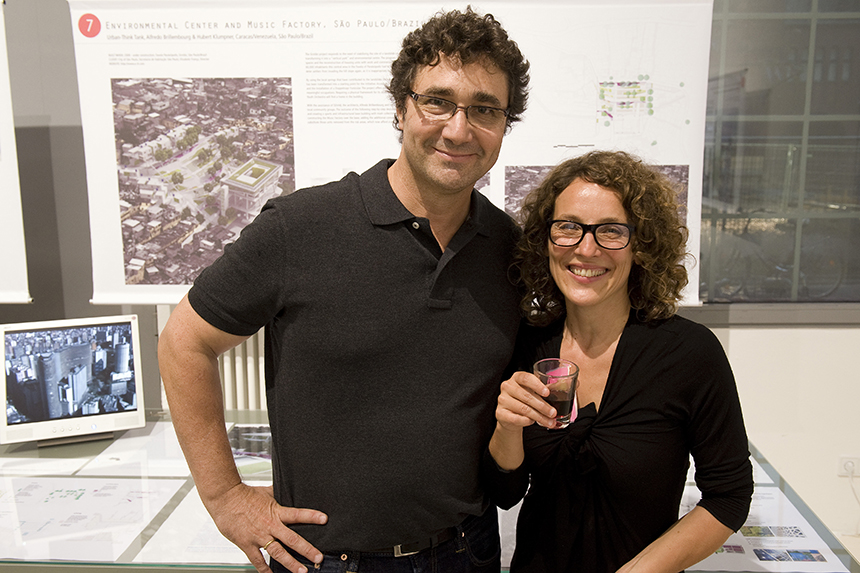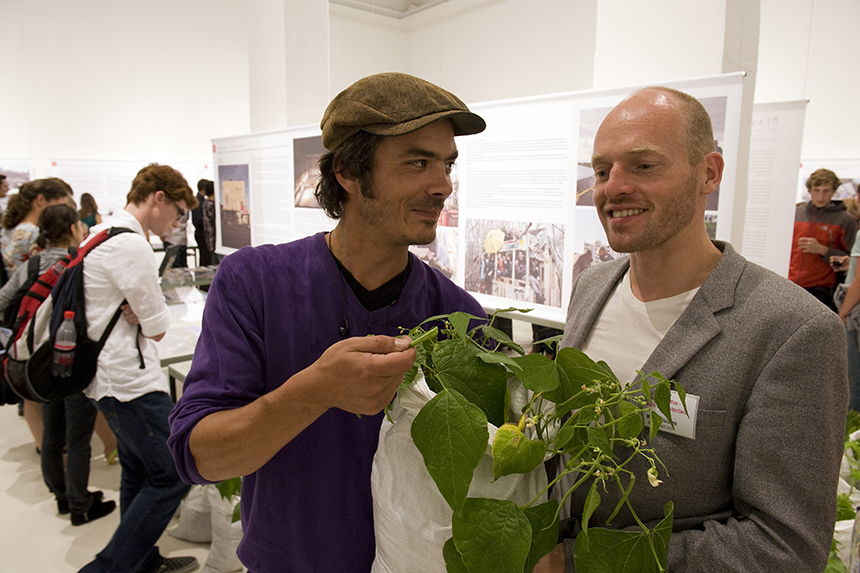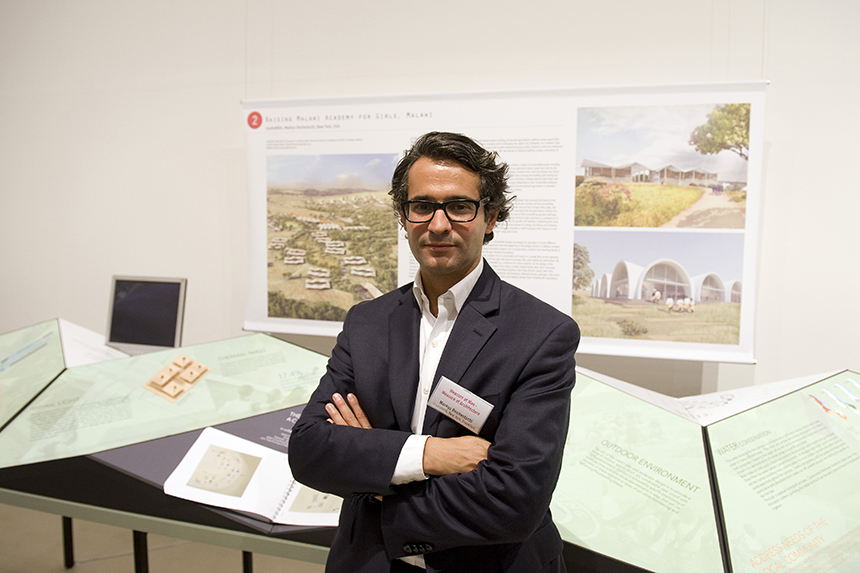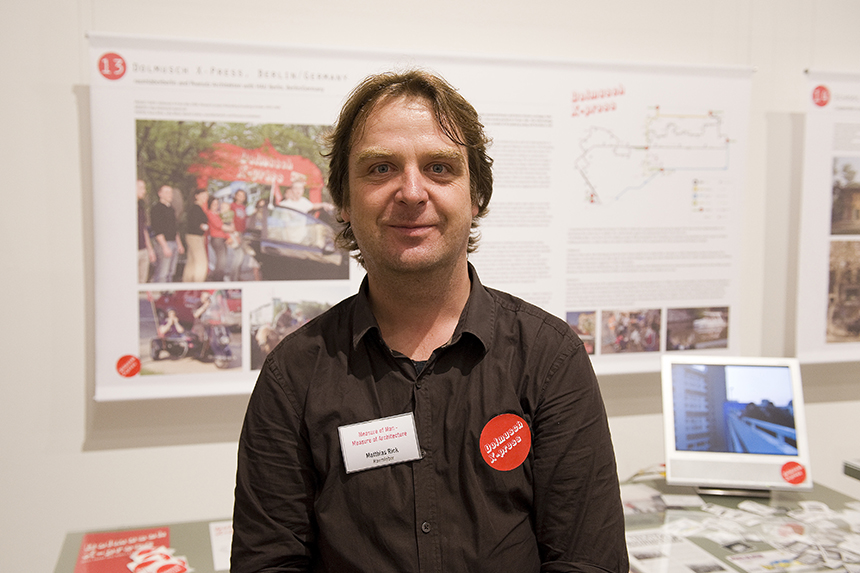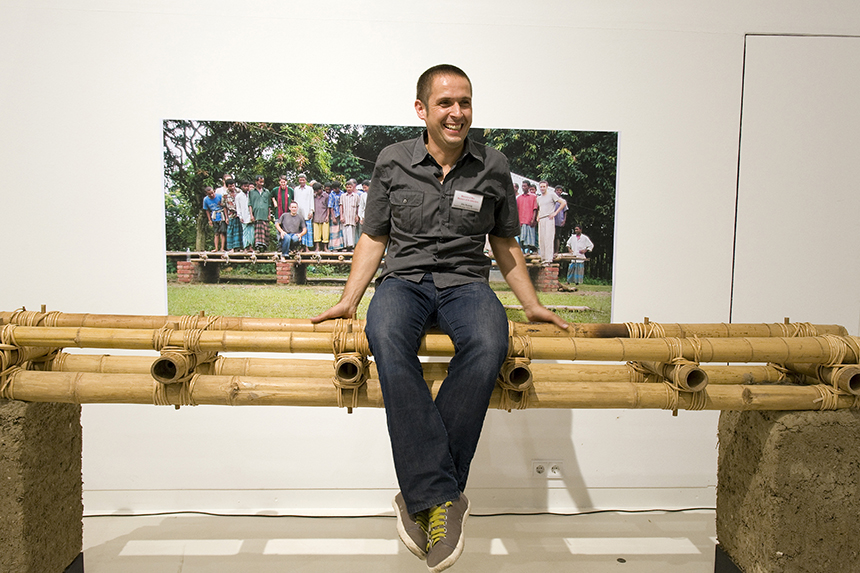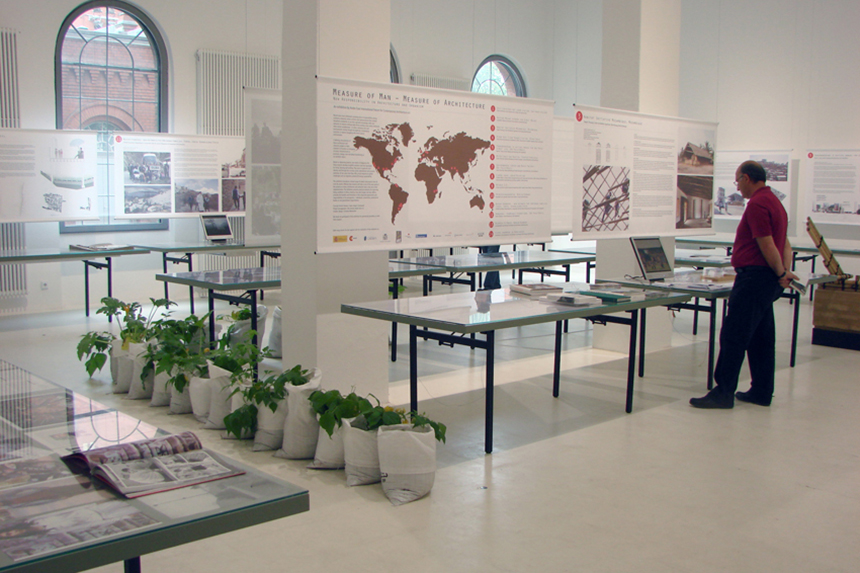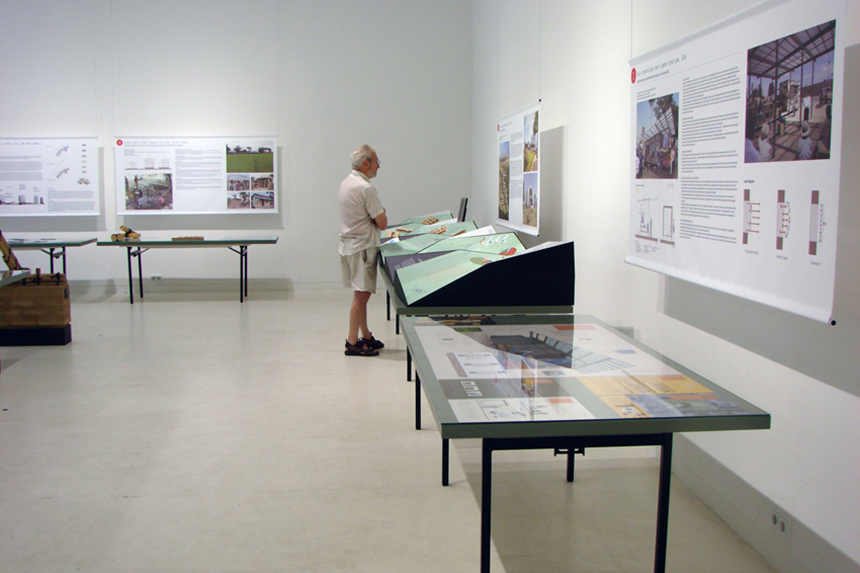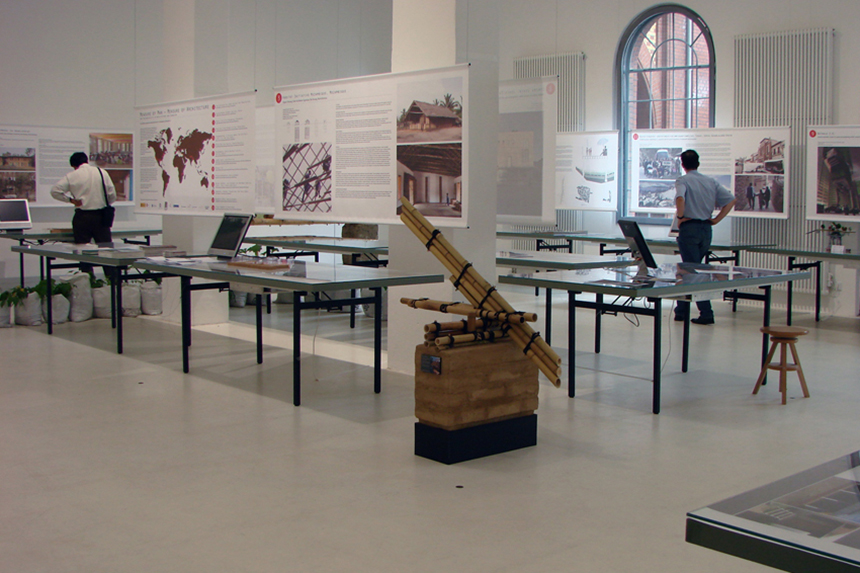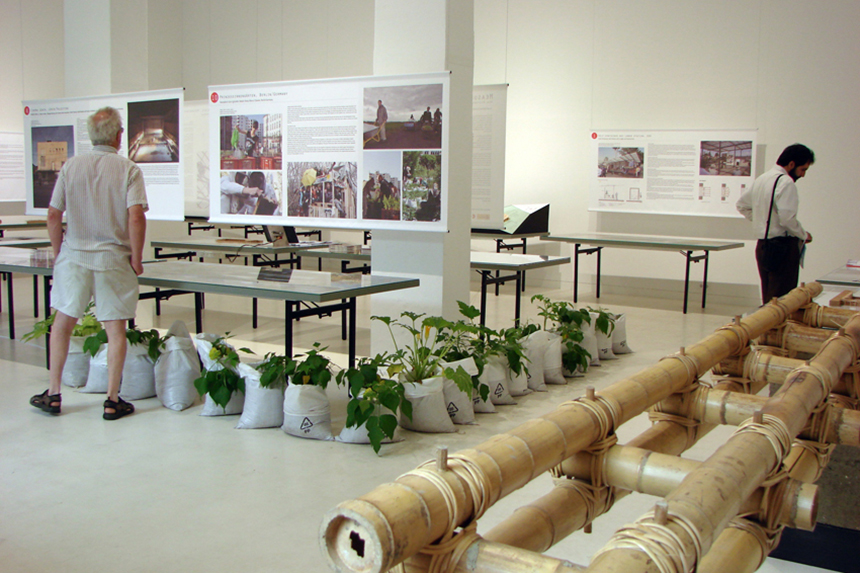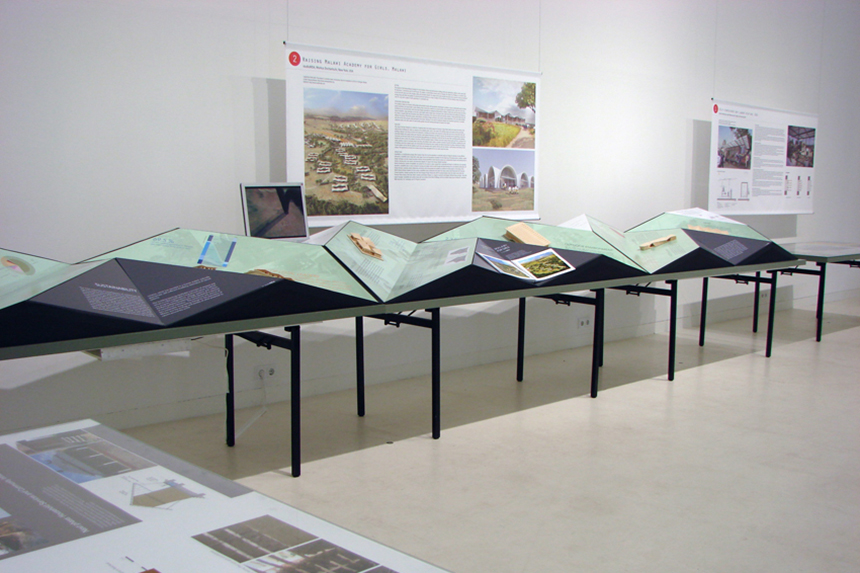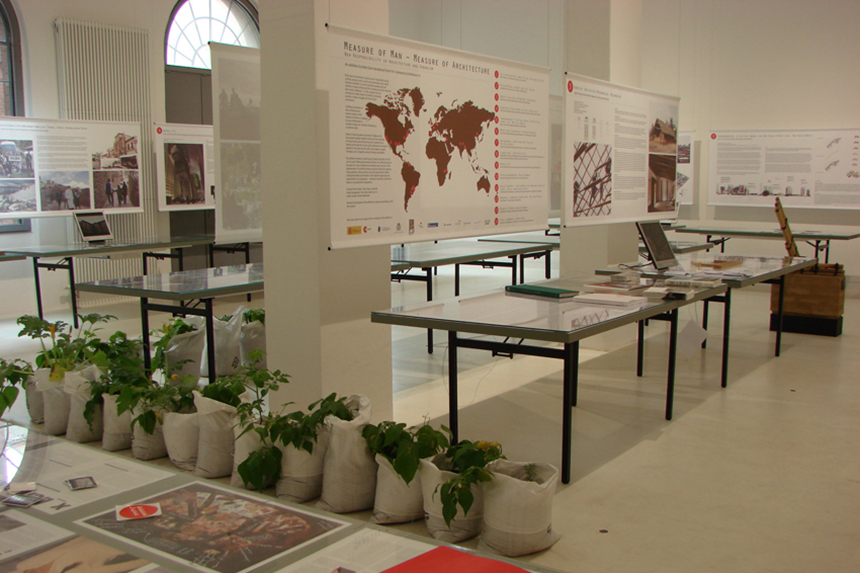Recent years have witnessed a growing sense of responsibility among architects, urbanists, artists, activists and representatives from related disciplines worldwide, to use their specialist knowledge, skills and networks to improve ordinary daily life by tackling issues which otherwise often remain unaddressed- in urban, suburban and rural environments, mostly, though not explicitly, in developing countries or regions struggling with harsh natural environments.
A defining characteristic of these architecture and urbanism projects is their intention to function as instigators of social, infrastructural or economic change, over and above functioning as an aesthetic object.
Based on observing patterns and needs of indigenous life, these projects develop insightful solutions and new typologies for living, learning and working. They serve to generate local identity and through this increase social, educational and economic potential. At the same time they offer a local response to global challenges such as migration, poverty or energy sustainability.
The exhibition introduces a broad range of subject and projects from all over the world:
A project in Spain promotes integration of migrant families and the maintenance of the architectural and cultural heritage by providing housing and work opportunities in rural areas suffering from depopulation.
On the African continent a number of educational facilities are established: an architecture university in a former factory building in Ethiopia, a self-sufficient academy for girls in Malawi as well as pre-schools and social hubs in rural areas of Mozambique. These projects employ local workers and use traditional construction techniques and materials.
Other projects include a sports and community centre Caracas, Venezuela; a reopened cinema in Jenin, Palestine; a housing programme for flood victims in India using durable bamboo structure.
Offering help towards self-help is one of the main goals of the projects on show; architecture and urbanism have a key role in their implementation. The exhibition presents practical solutions for improving living conditions in Europe, Africa, Asia and other parts of the world and also reflects critically the benefits and limitations of the respective approaches and responsibilities of its protagonists – individuals, universities, professional bodies or non-government organisations.
The exhibition is connected with the ANCB (Aedes Network Campus Berlin) programmes Re-act Lab and Measure of Man-Measure of Architecture (a forthcoming pilot research project with European-based partners, curated by Klaudia Ruschkowski).
Participants/Projects:
Raising Malawi Academy for Girls, Malawi
studioMDA, Markus Dochantschi, New York/USA, Frankfurt/Germany
HIM_Habitat Initiative Mozambique, Mozambique
Ziegert | Roswag | Seiler Architekten Ingenieure, Eike Roswag, Berlin/Germany,
School handmade in Bangladesh, Bangladesh
Cooperation school handmade, Anna Heringer, Linz/Austria, Eike Roswag, Berlin/Germany,
Reconstruction and Rehabilitation of Kosi Flood Affected Regions, Bihar/India
Owner Driven Reconstruction Collaborative (ODRC), Hunnarshala Foundation, Sandeep Virmani, Bihar/India,
Transbordering. A tactical manual for São Paulo street life, São Paulo/Brazil
Marcos L. Rosa, Kristine Stiphany, Berlin/Germany, São Paulo/Brazil,
Metro-Cable San Agustin, Caracas/Venezuela
Environmental Center and Music Factory, Favela Paraisópolis, Grotão, São Paulo/Brazil
Urban-Think Tank, Alfredo Brillembourg & Hubert Klumpner, Caracas/Venezuela, São Paulo/Brazil,
cinema jenin, Jenin/Palestine
CINEMA JENIN e.V., Marcus Vetter, Berlin/Germany, Tübingen/Germany and Cinema Jenin Association, Fakhri Hamad, Jenin/Palestine and Hucke Architektur, Aachen/Germany and Mara
Luebbert, Berlin/Germany
Natwalk 2.0.
remote-controlled, studio for space-encompassing artistic research, Anton Markus Pasing, Münster/Germany,
Prinzessinnengärten, Berlin/Germany
Nomadisch Grün (g)GmbH, Robert Shaw, Marco Clausen, Berlin/Germany,
Nuevos Senderos - new pathways for immigrant families, Provinces of Teruel, Soria and Guadalajara/Spain
CEPAIM Foundation, Madrid/Spain in cooperation with the Spanish Department of Employment and Immigration
Self-contained day labor station, San Francisco/USA
Public Architecture, John Peterson and Liz Ogbu, San Francisco/USA,
Bamburral: Permeable Foundations, São Paulo/Brazil
Kristin Stiphany and Brasil Arquitetura, São Paulo/Brazil
Dolmusch X-Press, Berlin/Germany
raumlaborberlin and Peanutz Architekten with HAU Berlin, Berlin/Germany
Sponsors
Ministerio de Asuntos Exteriores y de Cooperación, Fundación Cepaim, Emassy of Spain, akt - Adams Kara Taylor, VIA, Doppelmayr, Zumtobel, ArcelorMittal, Busch-Jaeger, carpetconcept, AXOR Hansgrohe
Diese Ausstellung wurde ermöglicht mit der großzügigen Unterstützung von:


